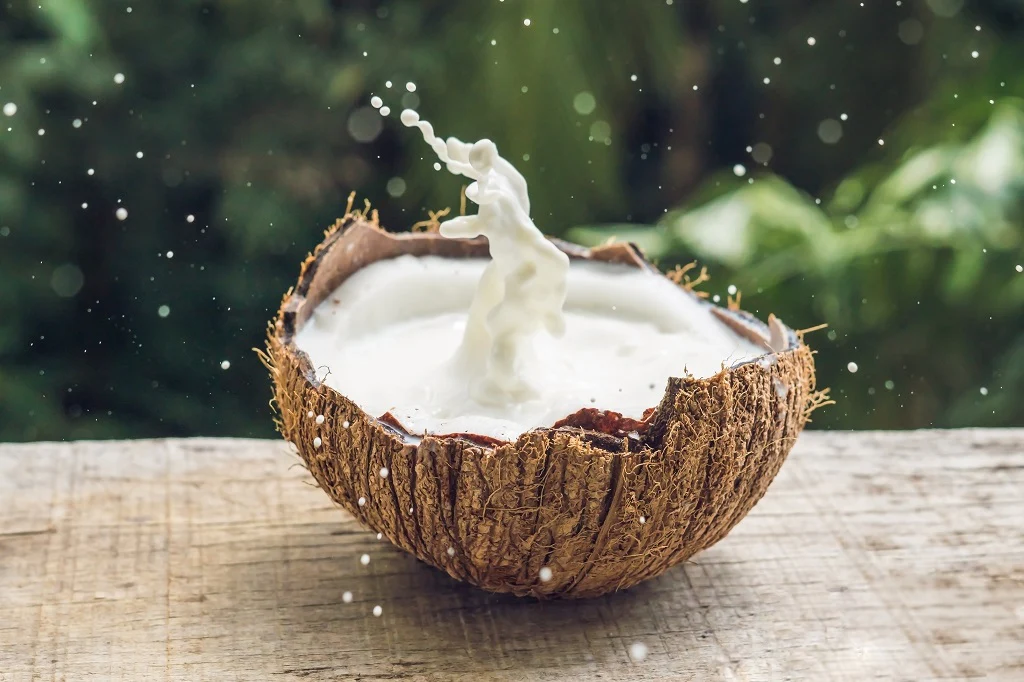Cooking with Coconut Milk
Coconut milk is a fundamental ingredient in Malaysian cuisine, renowned for its rich, creamy texture and subtly sweet flavor. It adds depth and richness to a variety of dishes, from curries to soups and desserts. The versatility of coconut milk enhances both savory and sweet dishes, making it a key element in achieving authentic Malaysian flavors. Mastering the use of coconut milk can elevate your dishes, providing a unique taste and a luxurious texture that defines many traditional recipes.
Steps to Cooking with Coconut Milk
- Select high-quality coconut milk: Use fresh or canned coconut milk with a high fat content for the best results. Look for products labeled as "full-fat" or "premium" to ensure a rich and creamy texture. Shake the can well before using to evenly distribute the cream and liquid.
- Incorporate coconut milk at the right stage: Add coconut milk during the final stages of cooking to prevent curdling. For curries and soups, incorporate it after cooking the spices and meat or vegetables. Allow it to simmer gently, ensuring it blends well with other ingredients without boiling vigorously.
- Balance flavors: Coconut milk adds sweetness and richness, so balance it with other flavors such as salt, spices, and acidic ingredients like tamarind or lime juice. Taste frequently and adjust seasoning to achieve a well-rounded flavor profile.
- Prevent curdling: To avoid curdling, maintain a gentle simmer rather than a rapid boil. High heat can cause the coconut milk to separate. Stir the dish occasionally to ensure even heat distribution and prevent separation.
- Use the right amount: Coconut milk is rich, so use it judiciously to avoid overpowering other flavors. Start with a smaller amount and add more if needed, adjusting based on the desired creaminess and flavor intensity of your dish.
Common Mistakes to Avoid
Using coconut milk effectively requires attention to detail. Here are some common mistakes to avoid:
- Boiling too vigorously: Boiling coconut milk at high temperatures can cause it to curdle and separate. Always simmer gently to maintain a smooth, creamy texture.
- Using low-fat coconut milk: Low-fat coconut milk may not provide the same richness and flavor as full-fat versions. For a more authentic taste and texture, use full-fat coconut milk whenever possible.
- Adding coconut milk too early: Introducing coconut milk too early in the cooking process can lead to separation and loss of flavor. Add it towards the end of cooking to preserve its texture and taste.
- Ignoring seasoning balance: Coconut milk’s natural sweetness can affect the overall flavor balance of a dish. Ensure you adjust seasoning and acidity to complement the coconut milk and achieve a harmonious flavor profile.

